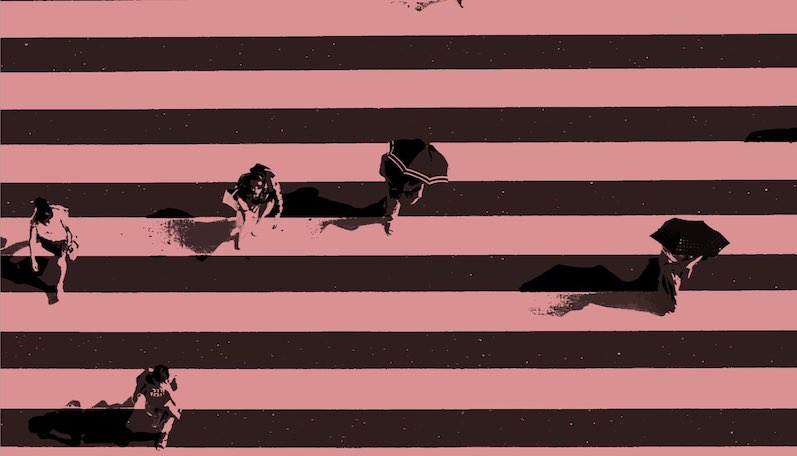What is it about?
In the early modern period many books were sold unbound, but this was risky for booksellers as pages could be lost as they went through the booktrade. Having them bound, however, was expensive, the weight of the binding added to the cost of shipping and a bookseller in one city would not know what sort of binding a customer in another city or country might want. Sewing the books together with or without board but without covers kept them in one piece but allowed the eventual customer to chose how to have them completed and possibly decorated.
Featured Image
Why is it important?
This phenomenon has not been recorded before and adds to our knowledge of how the booktrade worked. It also explains anomalies that are found when the sewing structure of a book does not match the cover and decoration, as they may be the work of two different bookbinders working in entirely different places.
Perspectives
This is the first of three articles on the subject, and is the result of observations and research carried out in many libraries over 35 years.
Nicholas Pickwoad
University of London
Read the Original
This page is a summary of: Unfinished Business, Quaerendo, June 2020, Brill,
DOI: 10.1163/15700690-12341465.
You can read the full text:
Contributors
The following have contributed to this page







